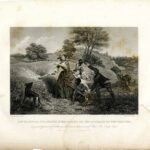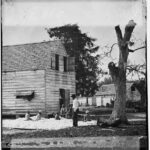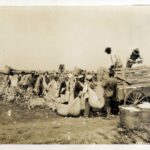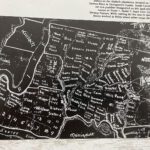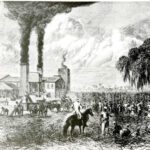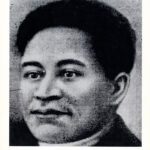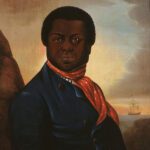
Labor systems in the Americas evolved during the colonial period to meet the economic demands of European settlers, transitioning from a mix of Indigenous and European labor to the racially based chattel slavery of Africans. In the Virginia Colony, laws gradually codified slavery as a permanent and hereditary condition, creating racial hierarchies that excluded Africans from legal protections and rights. Simultaneously, indentured servitude, initially a primary labor source, evolved to provide greater protections and privileges for European laborers, further solidifying racial divisions. Enslaved Africans resisted these exploitative systems through revolts, day-to-day acts of defiance, and the creation of maroon communities, challenging colonial power structures and showcasing resilience and agency.
New Jersey Student Learning Standards:
- 6.1.8.CivicsDP.3.a: Use primary and secondary sources to assess whether or not the ideals found in the Declaration of Independence were fulfilled for women, African Americans, and Native Americans during this time period.
Curriculum
- 3 Sections
- 3 Lessons
- Lifetime
- Stage 11
- Stage 21
- Stage 31
